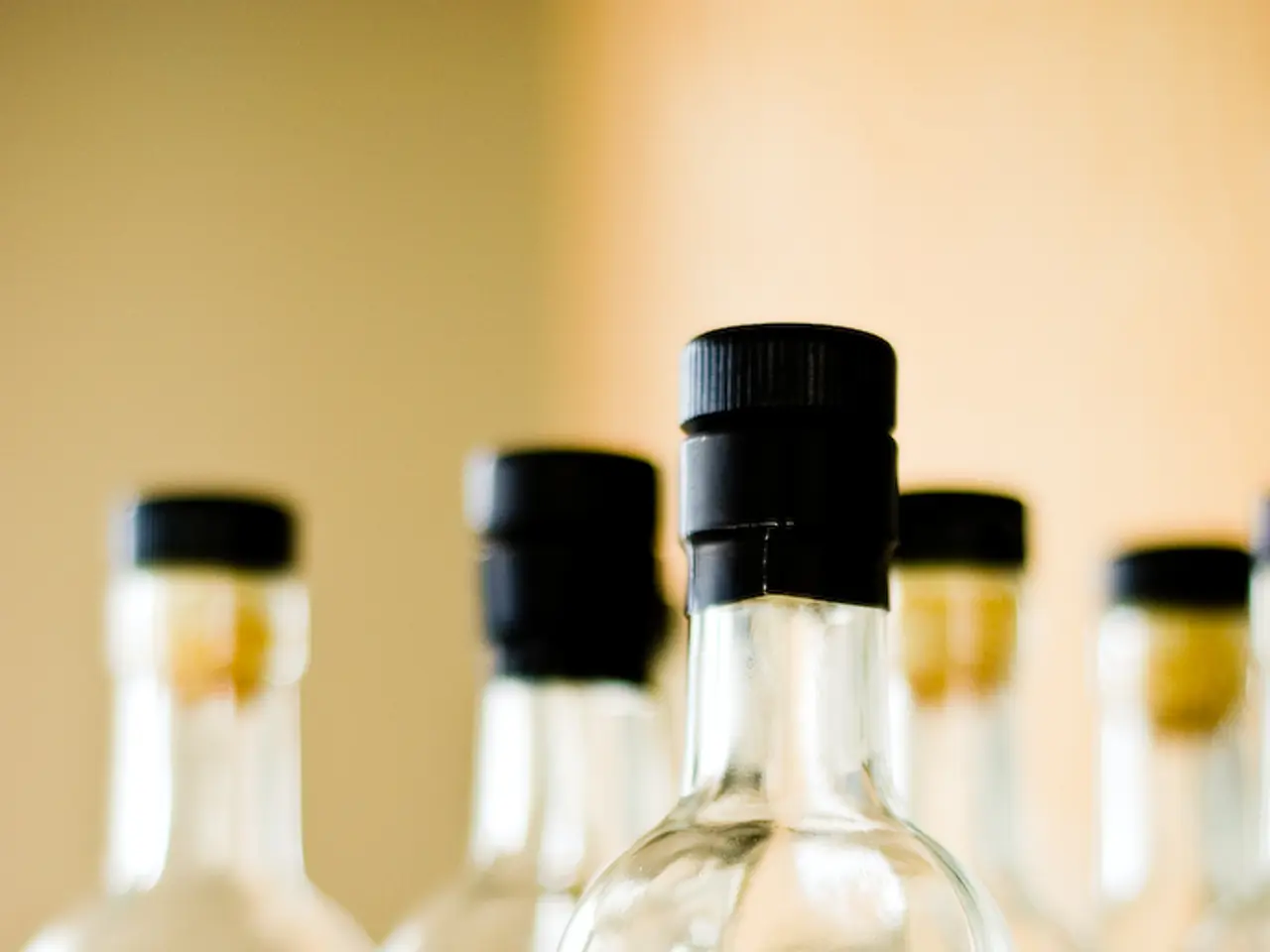Are alcohol labels reliable?
In the world of winemaking, the alcohol by volume (ABV) listed on a bottle's label is not always an exact measurement. This variability is influenced by several factors, including federal regulations, climate conditions, and testing methods.
- Federal Regulations and Allowable Variability
Federal regulations set by the Alcohol and Tobacco Tax and Trade Bureau (TTB) permit a margin of error on ABV labeling. Wines at or below 14% ABV can deviate by ±1.5%, while those above 14% can deviate by ±1% [1]. This regulatory flexibility accounts for natural variability and measurement limitations.
- Climate Change and Year-to-Year Variability
Climate change affects grape sugar levels and fermentation, causing year-to-year variability in wine's alcohol content. Warmer temperatures tend to increase grape sugar and potential alcohol, contributing to variations in tested ABV levels before labeling [1].
- Testing Methods and Inherent Precision Limitations
Testing methods are imperfect due to scientific and temperature-related factors, leading to small discrepancies in alcohol measurement. As a result, the margin of error in labeling allows winemakers to accommodate testing uncertainty while maintaining authenticity [1].
These factors mean the ABV on wine labels is a regulated estimate rather than an exact figure. It reflects natural variability from climate influence, inherent testing imprecision, and federal allowances. This system balances consumer information needs with winemaking realities and encourages focus on overall wine quality rather than strict alcohol precision [1].
- Wineries can perform their own testing, and there is no requirement to use an outside lab. Different testing methods used for measuring alcohol content have varying levels of precision.
- Winemaking Decisions and Climate Challenges
Winemakers may face challenges in achieving the proper ripeness without excessively high alcohol levels due to warmer growing seasons contributing to higher sugar levels at harvest. In response, some winemakers may pick earlier to aim for lower alcohol, but this takes more effort [2].
- Embracing Standardisation and Transparency
Greater standardisation and transparency would be beneficial, but the flexibility also gives winemakers the space to focus on balance and craftsmanship. A good lab should be able to maintain a precision of ±0.1% in its measurements [3]. The label on a wine bottle is a guide, not a lab report.
References:
[1] Winemakers and the Alcohol by Volume (ABV) Challenge, Wine Spectator, https://www.winespectator.com/articles/winemakers-and-the-alcohol-by-volume-abv-challenge
[2] The Growing Challenge of High Alcohol Levels in Wine, Wine Enthusiast, https://www.wineenthusiast.com/articles/the-growing-challenge-of-high-alcohol-levels-in-wine
[3] Italian Wine Labels Explained: Understanding DOCG, DOC & IGT, Wine Folly, https://winefolly.com/review/italian-wine-labels-explained-understanding-docg-doc-igt/
- Despite the science behind wine, health-and-wellness enthusiasts should be aware that the ABV on a wine label is not an exact figure due to factors including federal regulations, climate conditions, and inherent testing limitations.
- In the realm of fitness-and-exercise, one might wonder how climate change influences winemaking. Warmer temperatures can cause year-to-year variability in wine's alcohol content, making it a complex topic intertwining science and wine news.




